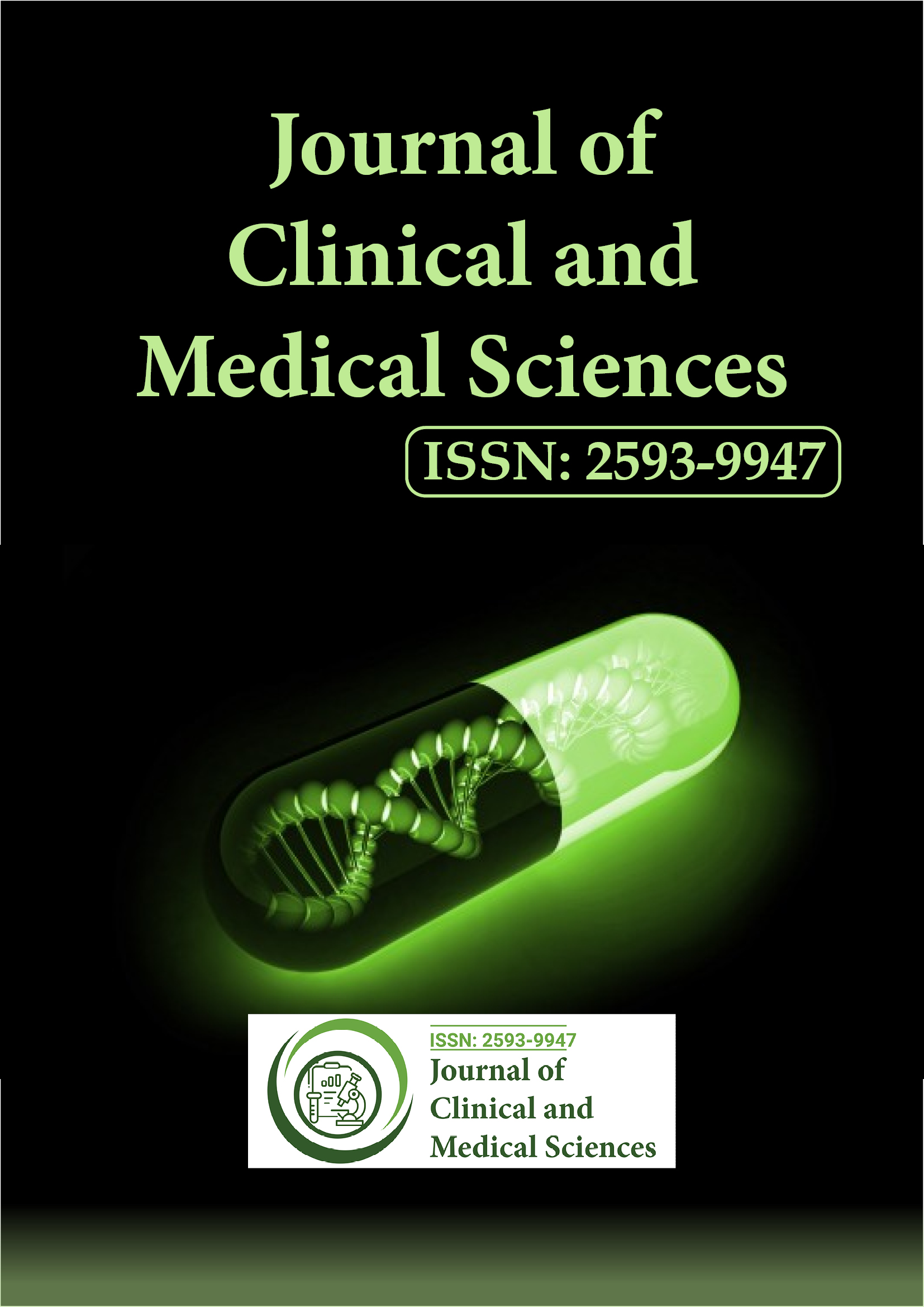Indexed In
- Euro Pub
- Google Scholar
Useful Links
Share This Page
Journal Flyer

Open Access Journals
- Agri and Aquaculture
- Biochemistry
- Bioinformatics & Systems Biology
- Business & Management
- Chemistry
- Clinical Sciences
- Engineering
- Food & Nutrition
- General Science
- Genetics & Molecular Biology
- Immunology & Microbiology
- Medical Sciences
- Neuroscience & Psychology
- Nursing & Health Care
- Pharmaceutical Sciences
Journal Highlights
- Adiposity
- Advancements in Anesthesia
- Aftercare
- Ambulatory Care
- Anesthesia Case reports
- Anesthesiology
- Anxiety Medicine
- Biology of Cancer
- Bipolar Medicine
- Bloodless Medical and Surgical Procedures
- Cardiovascular Medicine Care
- Clinical Allergy
- Clinical Cytology
- Clinical Dermatology
- Clinical Endocrinology
- Clinical Liver Disease
- Clinical Microbiology
- Clinical Neurosciences
- Clinical Research
- Clinical Sports Medicine
- Clinical Toxicology
- Clinical Transplantation
- Clinical Trial Research
- Clinical death
- Clinical electrophysiology
- Clinical hypertension
- Clinical pharmacology
- Critical Nursing Care
- Custodial Care
- Day Care
- Depression Medicine
- Diabetic Medicine
- Diagnostic Science
- Emerging Infectious Diseases
- Epidemiological Science
- Epidemiology
- Epidural anesthetics
- Evolutionary Biology
- Forensic medicine
- Foster Home Care
- Gastrointestinal Care
- Genetic science
- Human Biology
- Infectious disorders
- Innovations in Anesthesia
- Laryngeal Mask Airway
- Long Term Care
- Medical investigation
- Neglected Tropical Diseases
- Neural science
- Noncommunicable Diseases
- OB-GYN
- Oncological care and medicine
- Orthopedic Surgery
- Palliative Nursing Care
- Pediatric Surgical Anesthesia
- Perinatal Care
- Perioperative Care
- Psychiatric care and medicine
- Psychological Clinical Science
- Shoulder Surgery
- Spinal Surgery
- Stages of anaesthesia
- Subacute Care
- Surgery and Anesthesia
- Surgical pain
- Surgical techniques
- Terminal Care
- Tropical Biomedicine
- Tropical Diseases
- Tropical Fish Diseases
- Tropical Fish Medicine
- Tropical Health Nutrition
- Tropical Medicine
- Tropical Medicine Case Reports
- Tropical Medicine Research
- Tropical Medicine and Health
- Tropical Medicine and Hygiene
- Tropical Medicine and Infectious Diseases
- Tropical Medicine and Parasitology
- Tropical Veterinary Medicine
- Urocare
- Vector Borne Diseases
- clinical pathology
Infectious disorders
Infectious diseases are illnesses caused by pathogenic microorganisms such as bacteria, viruses, fungi, and parasites. These diseases can spread directly or indirectly from person to person, through contaminated food or water, or via vectors such as insects. Infectious diseases can vary widely in severity, from mild infections to life-threatening conditions, and their management is crucial for public health. Key Aspects of Infectious Diseases:
Pathogens and Transmission
(1) Bacteria: Single-celled organisms that can cause diseases such as tuberculosis, strep throat, and bacterial pneumonia. Bacteria can be treated with antibiotics.
(2) Viruses: Microscopic entities that require a host cell to replicate. Viral diseases include influenza, HIV/AIDS, and COVID-19. Antiviral medications and vaccines are used to manage viral infections.
(3) Fungi: Include organisms such as yeasts and molds that can cause infections like athlete's foot, candidiasis, and histoplasmosis. Antifungal treatments are used to address these infections.
(4) Parasites: Organisms that live on or inside a host and derive nutrients at the host's expense. Examples include malaria (caused by Plasmodium species), giardiasis, and toxoplasmosis. Antiparasitic drugs are used for treatment.
Disease Mechanisms
Pathogenesis: The process by which a pathogen causes disease, including how it invades the host, evades the immune system, and damages host tissues.
Immune Response: The body’s defense mechanisms against infections, including innate and adaptive immune responses. Vaccination and immune modulation are strategies to enhance immunity.
Diagnosis and Surveillance
Clinical Diagnosis: Involves identifying symptoms, performing physical examinations, and using diagnostic tests such as blood tests, cultures, and imaging studies.
Laboratory Testing: Includes microbiological assays, molecular diagnostics (e.g., PCR), and serological tests to detect pathogens and monitor infection.
Surveillance: Monitoring and tracking the incidence and spread of infectious diseases to identify outbreaks, implement control measures, and inform public health strategies.
Treatment and Management
(1) Antibiotics: Used to treat bacterial infections by targeting specific bacterial functions. Proper use is critical to prevent antibiotic resistance.
(2) Antivirals: Medications that inhibit viral replication and reduce the severity of viral infections.
(3) Antifungals: Used to treat fungal infections, with options ranging from topical treatments to systemic therapies.
(4) Antiparasitics: Medications designed to treat infections caused by parasites.
Prevention and Control
Vaccination: A key preventive measure for many infectious diseases. Vaccines stimulate the immune system to protect against specific pathogens.
Hygiene and Sanitation: Practices such as handwashing, safe food handling, and clean water supply are essential for preventing the spread of infectious diseases.
Public Health Measures: Includes quarantine, isolation, and travel restrictions to control the spread of infectious diseases during outbreaks.
Emerging and Re-emerging Diseases
Emerging Diseases: New or previously unrecognized infections, such as COVID-19, that pose a significant threat to public health.
Re-emerging Diseases: Previously controlled or declining infections that resurface due to factors like antibiotic resistance, changes in the environment, or breakdowns in public health systems.
Global Health Impact
Pandemics and Epidemics: Widespread outbreaks of infectious diseases that affect large populations or spread across countries. Examples include the COVID-19 pandemic and the Ebola outbreak.
Health Disparities: Infectious diseases often disproportionately affect vulnerable populations, including those in low-income areas or with limited access to healthcare.
Research and Innovations
Vaccine Development: Ongoing research to develop new vaccines and improve existing ones to combat infectious diseases and prevent outbreaks.
Antimicrobial Resistance: Studies focused on understanding and mitigating resistance to antibiotics, antivirals, and antifungals.
Genomic Epidemiology: Using genomic tools to understand pathogen evolution, track outbreaks, and develop targeted treatments.
Infectious diseases represent a significant area of study and intervention in medicine. Addressing these diseases involves a multidisciplinary approach that includes clinical care, public health strategies, research, and global cooperation to improve health outcomes and prevent the spread of infections.
